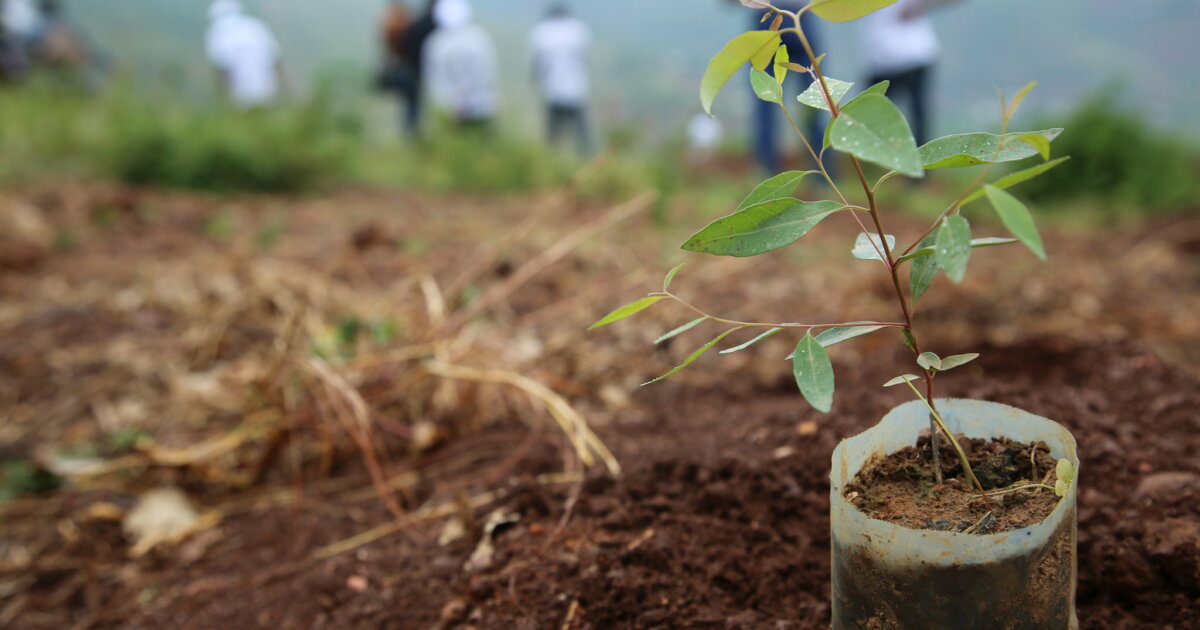Inside Green City Kigali: Africa's First Sustainable Urban Project
Core Concepts
The author argues that Green City Kigali is a groundbreaking project aiming to address urbanization challenges in Africa through sustainable development practices.
Abstract
Green City Kigali is a pioneering $5 billion project in Rwanda, designed to be Africa's first green city. It aims to provide affordable housing, create jobs, and incorporate sustainable technologies like renewable energy and waste management systems. The initiative reflects Rwanda's commitment to environmental sustainability and smart urban planning, setting a model for future cities in Africa.
Green City Kigali: inside Africa’s first sustainable city | FairPlanet
Stats
By 2060, 60% of Africa's population will reside in urban areas.
The Green City Kigali project spans across 620 hectares of land.
It will include 30,000 housing units benefiting an estimated 150,000 people.
The project aims to create 16,000 jobs for local communities.
Quotes
"As a flagship green growth project, the Green City Kigali will provide green and affordable housing in the Kinyinya neighborhood of the capital and serve as a model for sustainable urban development." - Ministry of Environment statement
"With the population set to grow exponentially over the years, the cities can no longer hold this bulge. Governments must therefore think and act differently as they seek to manage the cities of the future." - Rikki Otega
Key Insights Distilled From
by Bob Koigi at www.fairplanet.org 02-21-2024
https://www.fairplanet.org/story/green-city-kigali-inside-africas-first-sustainable-city/
Deeper Inquiries
How can other African countries learn from Rwanda's approach to sustainable urban development?
Rwanda's approach to sustainable urban development, particularly exemplified by the Green City Kigali project, offers valuable lessons for other African countries. Firstly, Rwanda has demonstrated the importance of early intervention and planning in addressing the challenges posed by rapid urbanization. By proactively investing in green infrastructure and affordable housing, Rwanda is setting a precedent for long-term sustainability.
Moreover, Rwanda's emphasis on community involvement and ownership of projects is crucial. Engaging local communities ensures that initiatives are tailored to their needs and priorities, fostering a sense of ownership that leads to more successful implementation and maintenance of green projects.
Additionally, Rwanda's commitment to using local building materials not only supports the local economy but also reduces carbon footprint associated with transportation of materials. This highlights the significance of incorporating indigenous resources into sustainable development strategies.
Overall, African countries can learn from Rwanda by prioritizing sustainability in urban planning, involving communities in decision-making processes, and leveraging local resources for environmentally friendly infrastructure projects.
What are potential drawbacks or criticisms of implementing such large-scale green projects?
While large-scale green projects like Green City Kigali offer numerous benefits, there are potential drawbacks and criticisms that need to be considered. One major concern is the financial burden associated with these projects. The initial investment required for developing sustainable infrastructure may be substantial, leading some critics to question the cost-effectiveness of such endeavors.
Another challenge lies in ensuring inclusivity within these developments. While providing affordable housing is a key component of many green projects, there is a risk that low-income residents may be displaced or marginalized during the process. It is essential to address issues related to social equity and accessibility when implementing large-scale green initiatives.
Furthermore, maintaining long-term sustainability poses a significant challenge. Without proper monitoring mechanisms and ongoing support systems in place, there is a risk that these projects may not achieve their intended environmental goals over time. Regular maintenance costs must also be factored into project budgets to ensure continued functionality.
Lastly, resistance from vested interests or lack of political will can hinder progress on large-scale green projects. Overcoming bureaucratic hurdles and garnering support from stakeholders at various levels can be daunting tasks that require strong leadership and collaboration.
How can individual citizens contribute to making their cities more environmentally friendly?
Individual citizens play a crucial role in promoting environmental sustainability within their cities through everyday actions and advocacy efforts.
One way individuals can contribute is by adopting eco-friendly practices in their daily lives such as reducing energy consumption at home,
using public transportation or cycling instead of driving personal vehicles,
and practicing waste reduction through recycling
and composting.
By making conscious choices about resource use
and waste management,
individuals can significantly reduce their ecological footprint
and contribute positively towards city-wide environmental goals.
Additionally,
citizens can engage with local government officials
and participate in community clean-up events
to raise awareness about environmental issues
and advocate for policies that promote sustainability.
By actively participating in civic activities
and supporting initiatives aimed at improving air quality,
green spaces,
or water conservation,
individuals can help create a collective impact towards making cities more environmentally friendly
0
